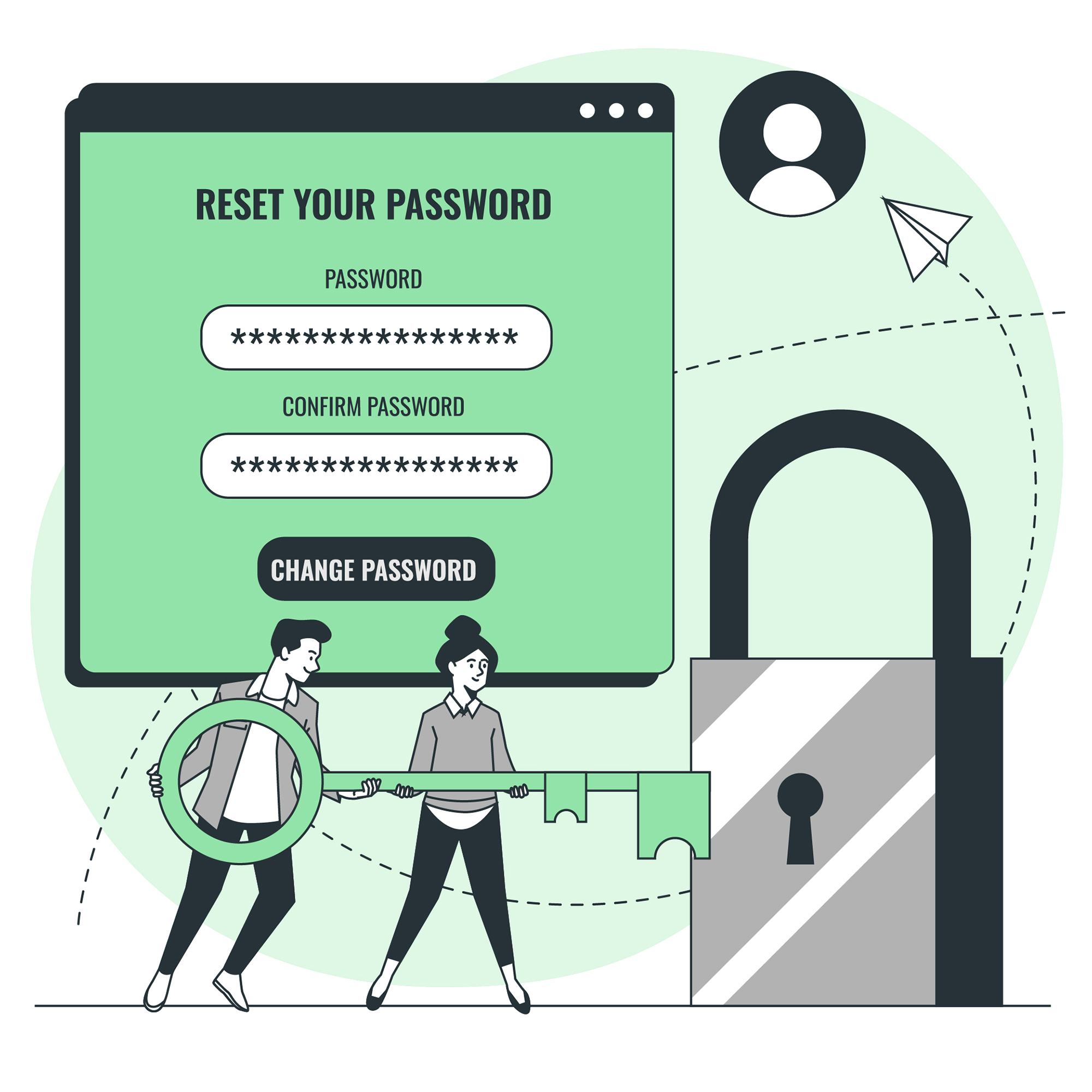The Importance of Strong Passwords: Protecting Your Digital Identity
In today’s digital age, passwords are the keys to our digital identities. We use them to access our email, social media accounts, online banking, and other sensitive information. However, with the rise of cybercrime, it’s more important than ever to create strong passwords that are difficult for hackers to crack.
A strong password should be at least 12 characters long and include a mix of uppercase and lowercase letters, numbers, and symbols. Avoid using easily guessable information such as your name, birthdate, or common words. Instead, use a combination of random words or phrases that are easy for you to remember but difficult for others to guess.
It’s also important to use a unique password for each account. If a hacker gains access to one of your passwords, they can use it to access all of your accounts. Using a password manager can help you keep track of all your passwords and generate strong, unique passwords for each account.
How to Create a Secure Password: Tips and Best Practices
Creating a secure password doesn’t have to be complicated. Here are some tips and best practices to help you create a strong password:
- Use a mix of uppercase and lowercase letters, numbers, and symbols.
- Avoid using easily guessable information such as your name, birthdate, or common words.
- Use a combination of random words or phrases that are easy for you to remember but difficult for others to guess.
- Use a unique password for each account.
- Consider using a password manager to generate and store your passwords securely.
Remember, the stronger your password, the harder it is for hackers to crack.
The Risks of Using Weak Passwords: Hacking and Identity Theft
Using weak passwords can put your personal information at risk. Hackers can use automated tools to guess passwords and gain access to your accounts. Once they have access, they can steal your personal information, such as your name, address, and credit card details.
Identity theft is a serious crime that can have long-lasting effects on your financial and personal well-being. By using strong passwords and practicing good password management, you can reduce the risk of identity theft and protect your personal information.
Password Management: Tools and Strategies for Keeping Your Passwords Safe
Password management is the practice of creating, storing, and managing your passwords securely. Here are some tools and strategies for keeping your passwords safe:
- Use a password manager to generate and store your passwords securely.
- Use two-factor authentication to add an extra layer of security to your accounts.
- Change your passwords regularly, especially if you suspect that one of your accounts has been compromised.
- Avoid using public Wi-Fi to access sensitive information, as it can be easily intercepted by hackers.
- Use a virtual private network (VPN) to encrypt your internet connection and protect your privacy.
By practicing good password management, you can reduce the risk of identity theft and protect your personal information.
The Dos and Don’ts of Password Sharing: Protecting Your Personal Information
Sharing your passwords with others can put your personal information at risk. Here are some dos and don’ts of password sharing:
- Do use a password manager to share passwords securely with trusted family members or colleagues.
- Don’t share your passwords over email or messaging apps, as they can be intercepted by hackers.
- Do change your passwords regularly, especially if you have shared them with someone else.
- Don’t use the same password for multiple accounts, as it can put all of your accounts at risk.
By following these dos and don’ts of password sharing, you can protect your personal information and reduce the risk of identity theft.
Two-Factor Authentication: Adding an Extra Layer of Security to Your Passwords
Two-factor authentication is a security feature that requires users to provide two forms of identification to access their accounts. This can include something you know (such as a password) and something you have (such as a smartphone).
By using two-factor authentication, you can add an extra layer of security to your accounts and reduce the risk of identity theft. Many online services, such as Google and Facebook, offer two-factor authentication as an option.
Common Password Mistakes to Avoid: Strengthening Your Digital Security
Here are some common password mistakes to avoid:
- Using easily guessable information such as your name, birthdate, or common words.
- Using the same password for multiple accounts.
- Sharing your passwords with others.
- Using public Wi-Fi to access sensitive information.
By avoiding these common password mistakes, you can strengthen your digital security and protect your personal information.
The Future of Passwords: Trends and Technologies in Password Protection
As technology continues to evolve, so do the methods for password protection. Here are some trends and technologies in password protection to watch for:
- Biometric authentication, such as fingerprint or facial recognition.
- Passwordless authentication, such as using a smartphone app to log in.
- Multi-factor authentication, which requires users to provide multiple forms of identification to access their accounts.
By staying up-to-date with the latest trends and technologies in password protection, you can stay ahead of the curve and protect your personal information.
Conclusion
In conclusion, passwords are the keys to our digital identities. By creating strong passwords, practicing good password management, and using two-factor authentication, we can reduce the risk of identity theft and protect our personal information. Remember to avoid common password mistakes and stay up-to-date with the latest trends and technologies in password protection. By doing so, we can stay safe and secure in today’s digital age.




![Crafting Unforgettable Passwords: A Guide for Developers A string of random characters typically has higher entropy compared to a few common words due to the vast number of possible combinations. For example, a 10-character lowercase password has roughly the same entropy as a 4-word passphrase picked from a 5000-word dictionary [5].](https://passwordclinic.com/wp-content/uploads/2024/06/automation-section-3-150x150.webp)





![A string of random characters typically has higher entropy compared to a few common words due to the vast number of possible combinations. For example, a 10-character lowercase password has roughly the same entropy as a 4-word passphrase picked from a 5000-word dictionary [5].](https://passwordclinic.com/wp-content/uploads/2024/06/automation-section-3.webp)

